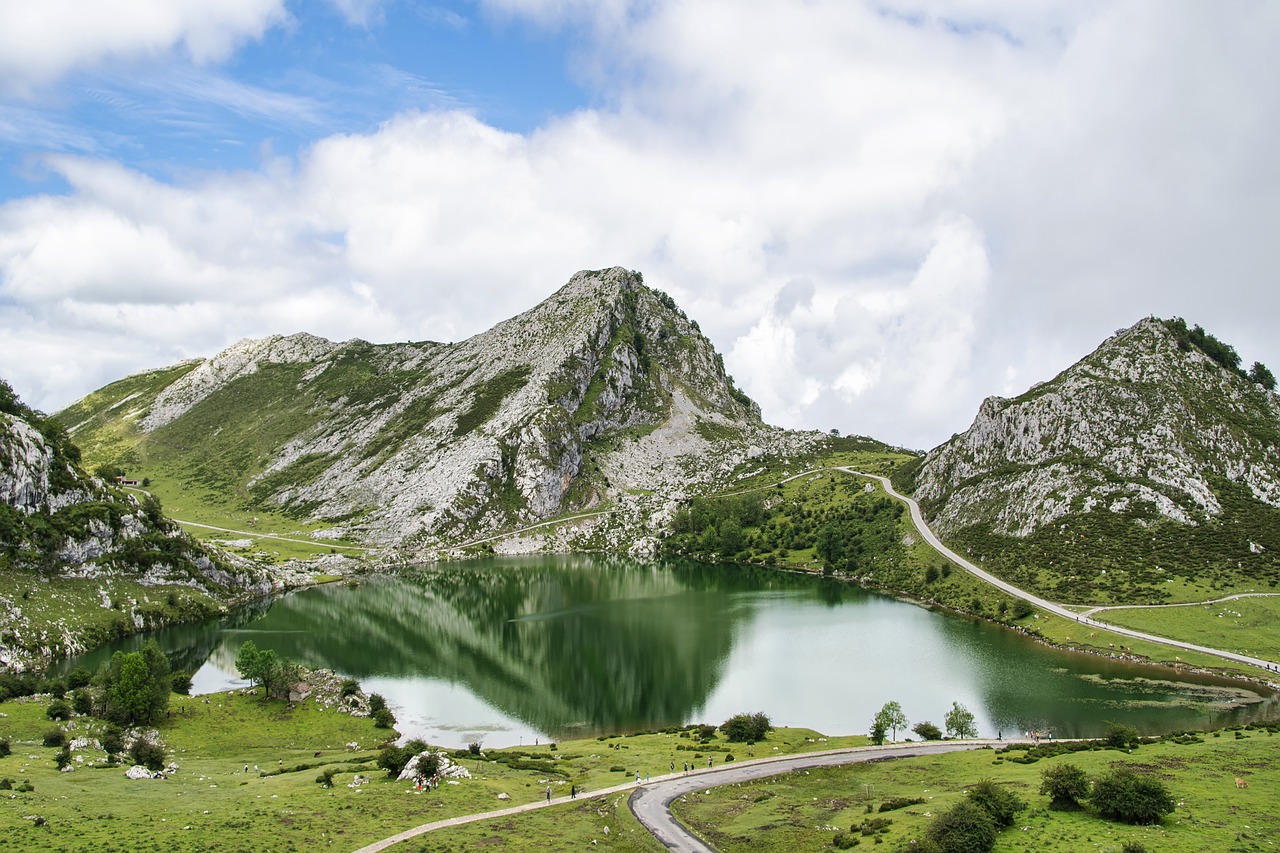Exploring the World’s Oldest Civilizations: Tracing Humanity’s Origins
Early human migration is a captivating tale of movement and exploration. These early inhabitants of the Earth traveled vast distances in search of resources, better climatic conditions, and new territories to settle. Evidence suggests that Homo sapiens began migrating out of Africa around 100,000 years ago, gradually spreading throughout the continents.
The migration of early humans was driven by various factors such as changes in climate, the need to find food sources, and the desire to establish new communities. As they ventured into new lands, these early settlers adapted to different environments, developing unique cultures and technologies along the way. These migration patterns played a crucial role in shaping the genetic diversity and cultural heritage of modern-day populations across the globe.
• Early human migration was driven by factors such as changes in climate and the need for food sources
• Homo sapiens began migrating out of Africa around 100,000 years ago
• Migration patterns led to the development of unique cultures and technologies
• These movements shaped genetic diversity and cultural heritage in modern populations
Mesopotamia: Cradle of Civilization
Mesopotamia’s significance as the cradle of civilization cannot be understated. It served as a fertile region where some of the earliest human advancements took place. The invention of writing, development of complex societies, and establishment of city-states all marked a pivotal moment in human history within the boundaries of Mesopotamia.
Moreover, the rich cultural heritage of Mesopotamia is evident in the architectural marvels that have withstood the test of time. From the towering ziggurats that served as religious centers to the intricate irrigation systems that facilitated agriculture, the region’s ingenuity and innovation continue to awe and inspire historians and archaeologists alike.
Ancient Egypt: Land of Pharaohs and Pyramids
Ancient Egypt, renowned for its majestic pyramids and powerful pharaohs, captivates the imagination with its rich history and cultural achievements. The grandeur of the Great Pyramid of Giza and the enigmatic allure of the Sphinx stand as enduring symbols of Egypt’s ingenuity and sophistication.
The Nile River, the lifeblood of ancient Egypt, played a pivotal role in shaping the civilization’s prosperity and sustenance. The fertile lands along the riverbanks facilitated abundant harvests, enabling the Egyptians to flourish and establish a society marked by remarkable achievements in art, architecture, literature, and medicine.
What were some of the early human migration patterns?
Early humans migrated out of Africa and spread across different regions of the world, including Europe, Asia, and the Americas.
What is Mesopotamia known as?
Mesopotamia is known as the cradle of civilization because it is one of the earliest known civilizations in the world.
What makes Ancient Egypt famous?
Ancient Egypt is famous for its pharaohs, pyramids, and rich history of art, culture, and architecture.
How did the pharaohs rule Ancient Egypt?
The pharaohs were considered divine rulers who held absolute power over the people and resources of Ancient Egypt.
Why are the pyramids of Egypt so significant?
The pyramids of Egypt are significant because they were built as tombs for the pharaohs and are a symbol of the wealth and power of Ancient Egypt.





